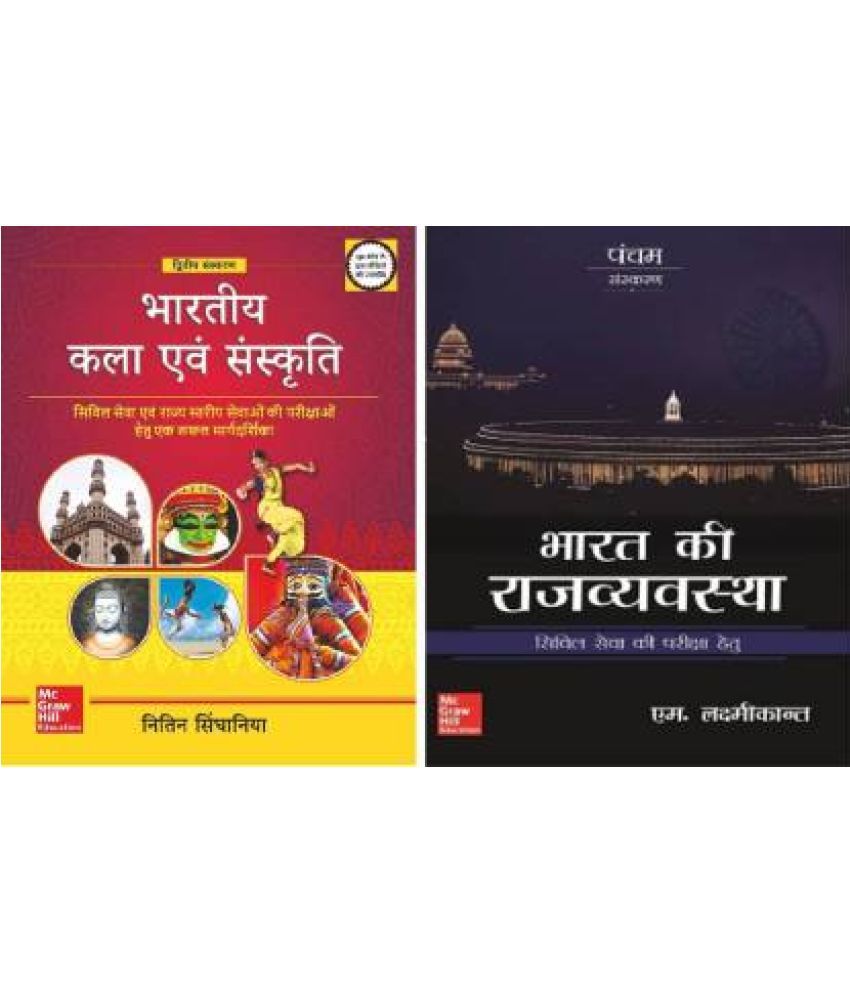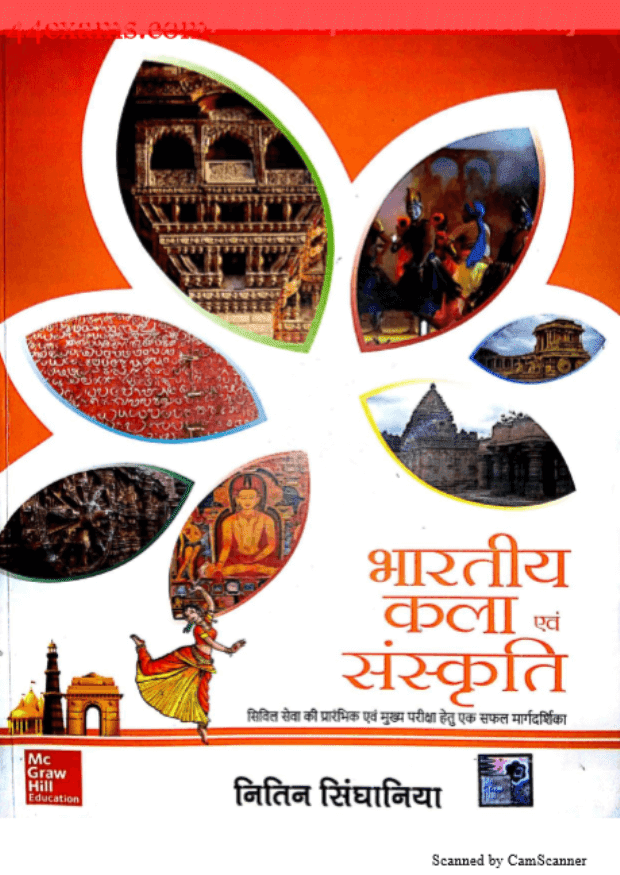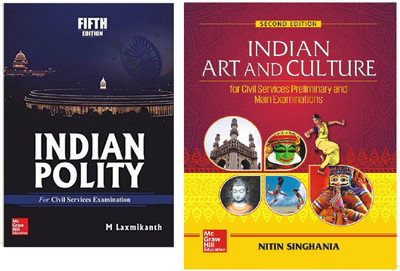First of all the Indian culture is a culture that have important aspects and facts in matter of art. In the 3rd century before Christ it kind of develop Harappa art but there are only a few ruins and evidence of this on its Big cities. The material used in that time was mainly the wood and were very advanced to the era , nonetheless this material was the base of the next stage of Indian art , stone. The construction of Indian cart and culture was thanks to a diversity of culture that came to India such as Persian, Arabs , Huns ,Turkish , Afghan , Mongoloids and so on.
The art work of this country, be it paintings or sculptures or even traditional arts like Rangoli, has always gathered appreciation from people residing in almost all the parts of the world. In this section, we will acquaint you with popular Indian art works. Indian Painters. The government of India, as well as other societies and associations, have therefore made all efforts to promote such art forms, which have become an intrinsic part of India's cultural identity. Tribal art, like folk art, has also progressed considerably due to the constant developmental efforts of the Indian government and other organizations.

Indian Art And Culture In Hindi Translation
We must say Indian culture is based only in their religion (Buddhism ,Hinduism , Christianity ,Muslim etc) and of course in nature ,this is not a surprise if we look the Indian background of the culture. On V century B.C there were 4 important stages of Art : Symbolic monuments ,Sanctuary , Monastery and commemorative columns.

The art flourished in India during the Indus valley culture , however after the arrive of Aryans an era of emptiness was produced in that time , where there is nothing to research about because it doesn’t exist anymore. Later, the emergence of Buddhism and Jainism, which peacefully coexisted with Hinduism until the arrival of the Muslims, laid the cultural groundwork , aesthetic and artistic works of Indian art through modern age.
Brief definition of each art era of India

Stupas (symbolic monuments): Buddhist stupas were buildings that were modeled on ancient tombs of Vedic age, but to followers of Buddha were a symbolic representation of the universe. There are tow ancient stupas (most ancient ones) Bharhut and Sanchi from 2nd Century B.C respectively.
Chatya and vihara ( sanctuary and monastery) : These are carving in stone constructions and have a complex order showing a explicit representation of their religion mix with a Stupa in the background. In the case of monasteries the excavated monasteries possessed several different units, organized in homers plants. This type of construction was in effect until the tenth century d. C.
Finally , the lat were isolated columns of commemorative, containing inscriptions and reliefs. There are some famous lat of the Emperor Asoka, who lived in the third century. C.
Painting had a minor importance in that time because sculptures were the most important expression of Indian people . Nevertheless , Indian painting due to perfection of technique showed very value information about the era of art.
Art Reflects Culture
Origin of Indian music
The Indian music doesn´t has a well-defined origin. However some approximations details that the music took place in India between the years 1000 and 3000 BC. According to Indian Scriptures the music in India started from the hands of Lord Brahma, who at the same time created the sacred “Vedas” which was the ceremonial music for religious events. In that time the music was only devotional and was restrict for the temples, also the musical instruments used were like a wind´s instrument ( madasuaram) that had the form of what we know as a “trumpet” which was used with another instrument known as “ tavil” which has the form of a drum. The music in India has two definitions for them, the first is called “ sacred music” and consist in follow only one musical rhythm which was used in the religious events. It was like the melodies in the Western Middle Ages and the second one was called “ profane” and consist in the change of the rhythm in the music. But a historic event happened, in the XIV century the Muslim invasion changes the Indian culture. The country after the invasion was divided in two. The north in which started to practice the first Islamic-Indu musical manifestations called ( indostania). In the South by the other hand continued faithful to the more ancient musical traditions. They started to compose a more austere kind of music (Carnatic). The most traditional instrument to compose sacred music is the “Sitar” which currently is also used as the main instrument for many musical bands. Another important detail of the Indian music is the combination of three aspects; the first one is the vocal or the intonation, the second one is referred to the instrument that are used, and the third and final aspect is the dance which represent an important matter because that reflects the rhythm of the music. This three elements of the music are known with the name of “sangeet” and is essential to the Indian music, even now at days they keep some of these musical traditions.


Other important invasions changed the music in India. The Mughals started to introduce their music and because of that the music in North and Central India changed. Also the music suffers another kind of influence from Arabia and Persia who bring the Hindustani music.
All of these events caused an important change in the Indian music which suffers a lot of styles and varied kind of rhythm and intonations, but because of that the music in India is a very important topic related to their culture and origins.
The evolution of music in India
The evolution of the Indian music is product of the interaction with other countries in the world. That´s how the Rock and roll mixed with Indian music started to be the beginning of the evolution in the Indian music. The jazz was also introduced by the hand of John Coltrane who made a composition called “India”. That allows to Indian musicians worked with John to create many variety of rhythm using different different instruments and performers. Also another important event for this called evolution was the artist, who started to mix their traditions. That´s how in the 80s the Asian Underground was created by artist from India and Britain.
Other important aspect is the influence of the foreign music to the Indian music, which adopted some of that influence in their music changing the music at the “popular” rhythm. A few examples of that influence is the creation of the Indi-pop music which began in the South Asian region with the popular son “Ko-Ko-Korina” sung by Ahmed Rushdi. We keep advancing until the Raga rock which is a term used when a kind of music (pop or rock) has a heavy Indian influence on it. The instrument and classical Indian music influence many rock groups in the 60s, being the most famous “The Beatles” who also visited India and introduced the rock in India. The Raga rock started to be developed by the collaborations of the Beatles and many others Indian musicians such as Ravi Shankar and Zakir Hussain.
All this musical changes started to motivate the people in India, and that´s how the first Music School in India born on 5th May 1901. The school receive the name of “Gandharva Mahavidyalaya” and it was set up by “Pandit Vishnu Digambar Paluskar”.
Conclusion
With this research we realized the importance of both art and Indian music in the world. The process of the evolution and invasions transform the culture in India being the Indian music still evolving through the eras and forming an essential part of the Indian´s life.
Indian Art And Culture Pdf
All of this helps us to understand how important the culture of every country is, and how it evolves and changes with time, keeping the traditions and respecting their origins the Indian culture shows us a huge cultural treasure and how they protect it every day. That is an example for us of how we should not forget our roots.
